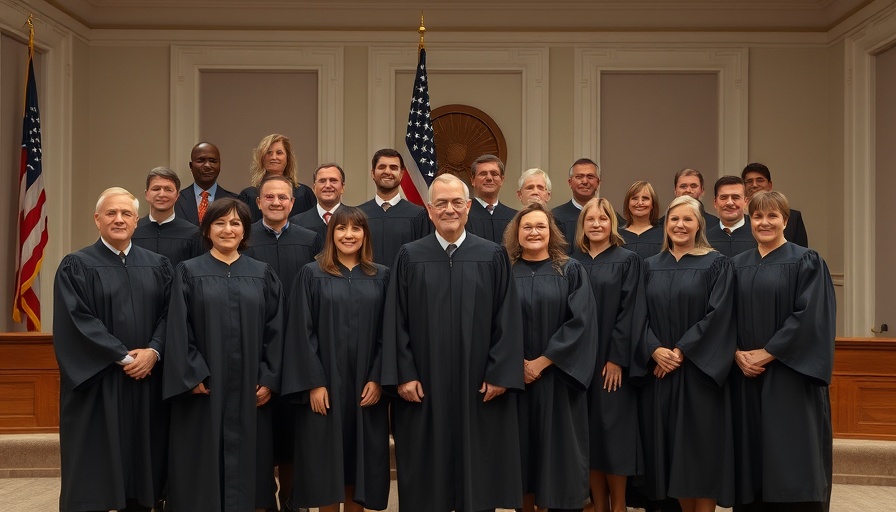
The Tragic Incident That Sparked Legislative Action
The death of five-year-old Thomas Cooper in a hyperbaric chamber accident has profoundly impacted the West Bloomfield community and raised significant safety concerns around the use of such medical facilities. In January, Cooper was undergoing treatment for autism when a hyperbaric chamber at the Oxford Center exploded, resulting in a horrific fire that tragically claimed his life. As his mother attempted to rescue him, she sustained severe burns, bringing the shocking implications of hyperbaric chamber safety to the forefront.
A Step Toward Regulation: Understanding Hyperbaric Chambers
Despite their medical uses, hyperbaric chambers can pose serious risks when not properly monitored or maintained. These chambers are commonly used for various treatments, including decompression sickness and chronic wounds, but safety measures are crucial. Medical experts emphasize the need for rigorous accreditation and frequent safety checks to ensure patient safety. At facilities like Encompass Healthcare, safety protocols include the use of static-free linens and grounding cords to mitigate fire risks.
Legislative Response and Future Implications
In response to the tragedy, state lawmakers Representative Sharon MacDonell and Senator Stephanie Chang are spearheading legislation to require that hyperbaric chamber facilities obtain proper accreditation. MacDonell expressed her determination to prevent future disasters by implementing safety regulations, stating, "It’s kind of absurd that we have no regulations in this industry." This proposed legislation is not merely a reaction to one incident but aims to prevent further tragedies in the future.
Accreditation as a Key Safety Measure
The call for mandatory accreditation from organizations like the Undersea and Hyperbaric Medical Society comes from a place of necessity. John Peters, the Executive Director of the society, noted that accredited facilities typically experience fewer issues, referencing their track record with over 400 accredited programs. The push for regulatory oversight aims to ensure that hyperbaric chamber operations adhere to safety standards that protect both patients and practitioners.
Broader Implications for Public Health and Safety
The issue extends beyond just hyperbaric chambers; it encompasses a broader discussion about medical safety practices and the need for accountability in treatment facilities. Patients and their families deserve to have confidence in the safety protocols of medical technologies they're exposed to. As these legislative initiatives unfold, there's an expectation that more attention will be placed on regulation across various sectors of health care, pushing for a future where safety takes precedence.
What Communities Can Do: Awareness and Advocacy
For residents and community leaders, the tragic incident highlights the importance of being informed about the medical services utilized within their locales. Advocacy for safety regulations must be coupled with public awareness, bridging communication between health care providers and patients. Communities can support legislation by educating themselves on the importance of medical safety standards and holding facilities accountable for their practices.
A Tragic Reminder of the Need for Safety Regulations
As Michigan lawmakers work toward developing these new standards, the story of Thomas Cooper serves as a poignant reminder of the potential dangers lurking within unregulated medical treatments. The discussion ignited by this tragedy may just be the catalyst for much-needed change in the health care landscape. Public participation in the legislative process, alongside ongoing education about medical safety, could help ensure that such incidents do not recur in the future.
For families and individuals considering treatment that involves hyperbaric chambers, understanding the safety measures in place at facilities is paramount. Advocating for transparency and seeking accredited facilities can help safeguard their health and well-being. A proactive approach from both lawmakers and community members can foster an environment where medical technology is utilized safely and responsibly.
 Add Row
Add Row  Add
Add 




 Add Row
Add Row  Add
Add 

Write A Comment